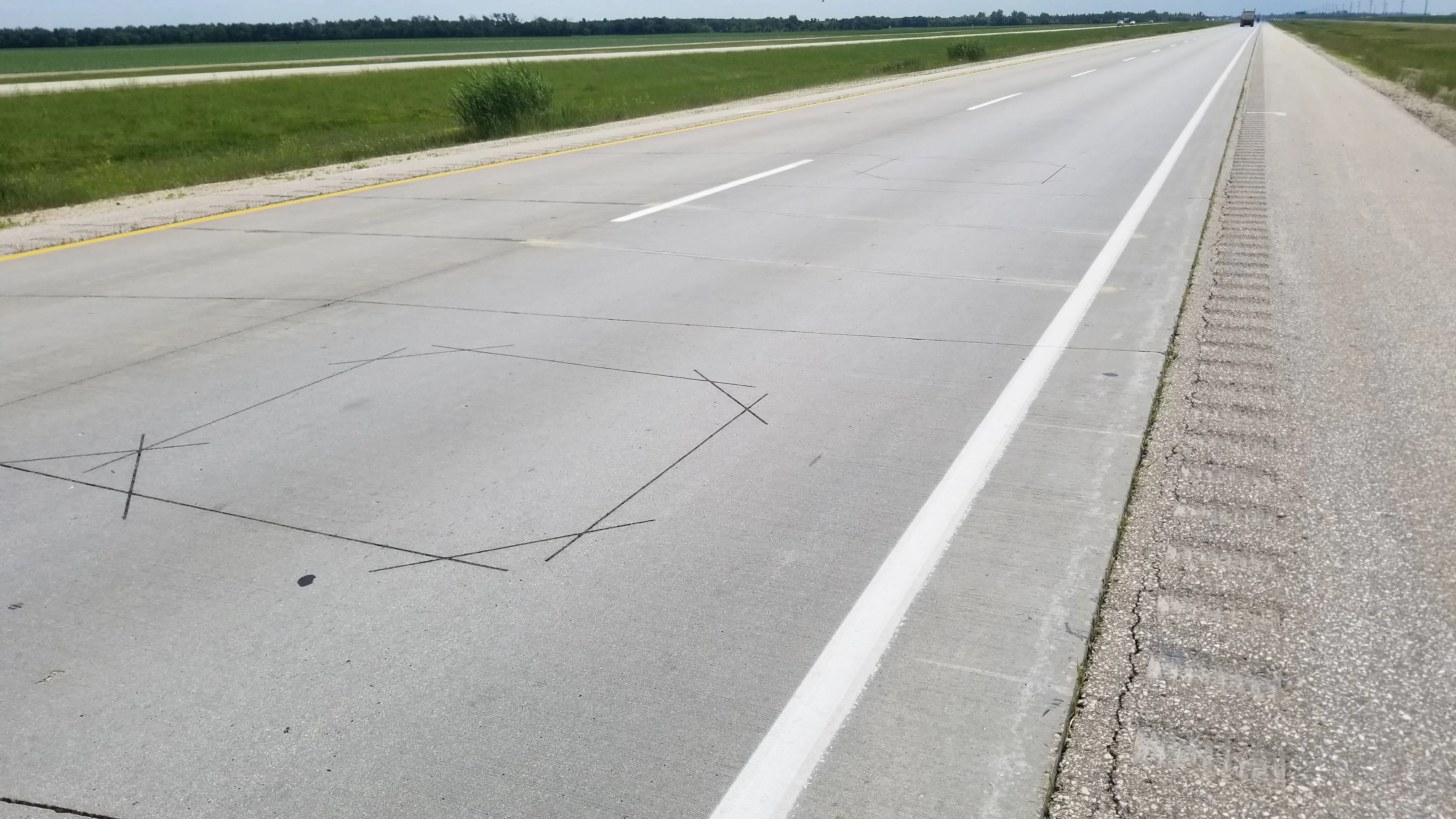Future highways will be made from self-healing, glow-in-the-dark materials and will be governed by sophisticated technologies that communicate with cars, road infrastructure and GPS systems, according to the Future of Highways report from global engineering and design consultancy,
The report, which looks at the implications of trends up to 2050, considers the consequences of themes including rapid urbanisation. Up to seventy five percent of the global population will be city dwellers by 2050. It considers why this rise in the urban population means we will need to substantially increase the capacity for individual mobility and freight transport and how climate change, resource depletion and changes in human behaviour will shape our roads in the future.
With a vast increase in the number of road users, minimising the impact and frequency of maintenance work will be critical.
The progress anticipated in the development of materials such as self-healing concrete – which produces bacteria to fill cracks when concrete gets damaged – could significantly reduce the cost of a structure, while creating a more resilient and sustainable infrastructure. These savings could have a considerable environmental impact due to the fact that seven percent of the world’s CO2 emissions are currently due to concrete production.
As well as being self-healing, the report envisions that surfaces could be replaced with advanced solar panels that would generate clean and renewable power, and wirelessly charge electric cars as they are driving on the roads or are parked. The panels would also contain LED lighting and heating elements to melt snow. Temperature-sensitive paint on the roads will generate giant snowflake-shaped warnings to indicate a drop in temperature and icy conditions.
As well as highways evolving, the report foresees that patterns of ownership will change in the coming years, with commuters more likely to purchase access to a vehicle rather than the vehicle itself. While the number of motorised vehicles on our roads is expected to increase by three percent annually until 2030 - up to two billion - the use of non-motorised transport such as bikes and walking is also due to rise in popularity. Cities worldwide, such as London, New York, Copenhagen and Bogota, have already recognised this trend and have started to implement strategies to reduce congestion and support the health of their citizens through various cycle and walking schemes.
Electric cars are anticipated to become commonplace on the roads of the future as developments in material science will dramatically improve the performance of batteries and the potential for increased electricity storage. Fully-automated navigation systems will also enable roads to be populated by driverless cars which could change the design and operation of highways, and provide safety and environmental benefits.
The report also suggests a number of ways in which we might respond to the increasing volume of traffic on our roads. Vehicles will become increasingly ‘intelligent’ and ‘self-aware’: a combination of the connected vehicle and the Internet of Things will enable vehicles to broadcast and receive information on traffic, speed, weather and potential safety hazards.
As a result, cars will be able to travel closer together and react more quickly to variables around them. This will open the market to people previously unable to operate vehicles such as the elderly or disabled.
Arup report reveals the future of highways
Future highways will be made from self-healing, glow-in-the-dark materials and will be governed by sophisticated technologies that communicate with cars, road infrastructure and GPS systems, according to the Future of Highways report from global engineering and design consultancy, Arup.
December 3, 2014
Read time: 3 mins
RSS








